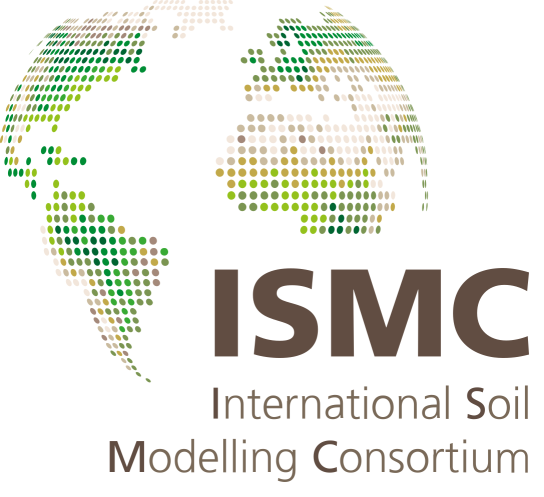Site-level simulations of measurable soil fractions with Millennial Version 2
- 1LSCE IPSL, Gif Sur Yvette, France (rose.abramoff@gmail.com)
- 2Laboratoire de Géologie, Ecole Normale Supérieure, Paris, France (betrand.guenet@ens.fr)
- 3Université Libre des Bruxelles, Bruxelles, Belgium (Haicheng.Zhang@ulb.ac.be)
- 4Physical and Life Sciences Directorate, Lawrence Livermore National Laboratory, Livermore, USA (georgiou1@llnl.gov)
- 5San Diego State University, San Diego, USA (xxu@sdsu.edu)
- 6University of Sydney, Sydney, Australia (r.viscarra-rossel@curtin.edu.au)
- 7Sun Yet Sen University, Guangzhou, China (yuanwp3@mail.sysu.edu.cn)
Soil carbon (C) models are used to predict C sequestration responses to climate and land use change. Yet, the soil models embedded in Earth system models typically do not represent processes that reflect our current understanding of soil C cycling, such as microbial decomposition, mineral association, and aggregation. Rather, they rely on conceptual pools with turnover times that are fit to bulk C stocks and/or fluxes. As measurements of soil fractions become increasingly available, soil C models that represent these measurable quantities can be evaluated more accurately. Here we present Version 2 (V2) of the Millennial model, a soil model developed to simulate C pools that can be measured by extraction or fractionation, including particulate organic C, mineral-associated organic C, aggregate C, microbial biomass, and dissolved organic C. Model processes have been updated to reflect the current understanding of mineral-association, temperature sensitivity and reaction kinetics, and different model structures were tested within an open-source framework. We evaluated the ability of Millennial V2 to simulate total soil organic C (SOC), as well as the mineral-associated and particulate fractions, using three soil fractionation data sets spanning a range of climate and geochemistry in Australia (N=495), Europe (N=176), and across the globe (N=730). Millennial V2 (RMSE = 1.98 – 4.76 kg, AIC = 597 – 1755) generally predicts SOC content better than the widely-used Century model (RMSE = 2.23 – 4.8 kg, AIC = 584 – 2271), despite an increase in process complexity and number of parameters. Millennial V2 reproduces between-site variation in SOC across a gradient of plant productivity, and predicts SOC turnover times similar to those of a global meta-analysis. Millennial V2 updates the conceptual Century model pools and processes and represents our current understanding of the roles that microbial activity, mineral association and aggregation play in soil C sequestration.
How to cite: Abramoff, R., Guenet, B., Zhang, H., Georgiou, K., Xu, X., Viscarra-Rossel, R., Yuan, W., and Ciais, P.: Site-level simulations of measurable soil fractions with Millennial Version 2, 3rd ISMC Conference ─ Advances in Modeling Soil Systems, online, 18–22 May 2021, ISMC2021-19, https://doi.org/10.5194/ismc2021-19, 2021.

